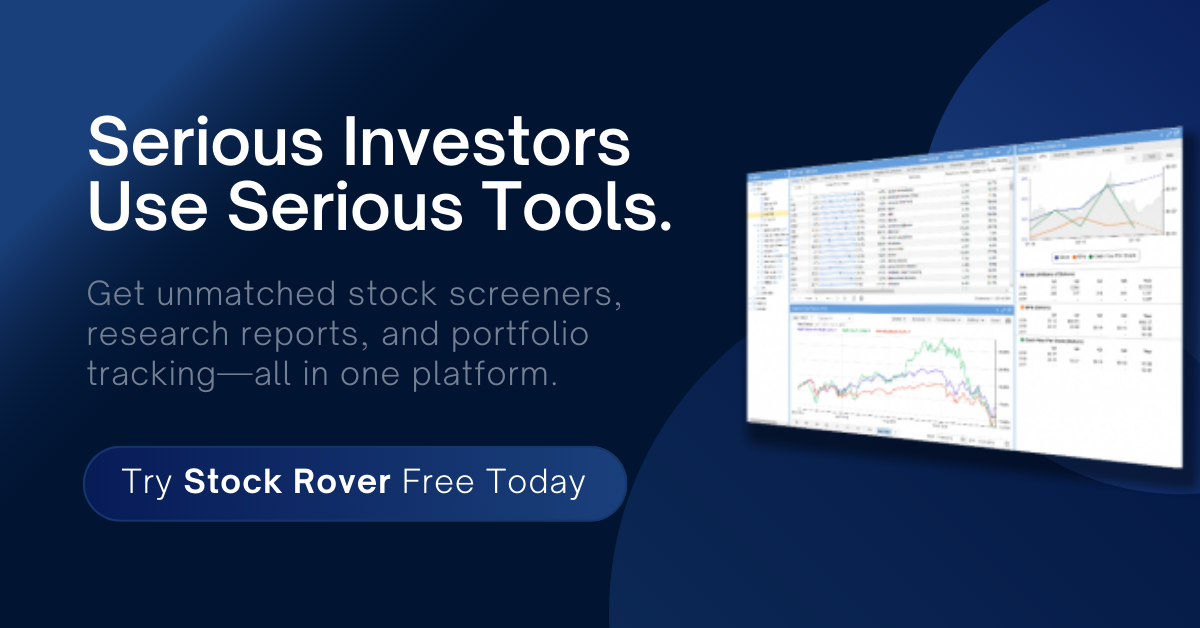
You’re told to rebalance your portfolio to manage risk. Keep that 60/40 allocation. Sleep better at night. But that’s just the surface. What most investors miss is that rebalancing doesn’t just reduce risk. Done right, it can increase returns. Yes, rebalancing your investment portfolio can actually make you richer.
The secret lies in something few investors fully understand: the rebalancing bonus. And if you run your portfolio the way professionals do, with a focus on valuation, allocation drift, and expected return, you can capture it consistently.
What Is Rebalancing Really About?
At its core, rebalancing is restoring your portfolio to its intended allocation. Maybe your equity stake grew faster than your bond holdings. Maybe one of your small-cap positions exploded while others lagged. You rebalance to bring things back in line.
But underneath that surface-level mechanic is a systematic way to buy low and sell high without timing the market. When a holding runs hot and drifts above its target weight, you trim it. When another dips and falls below allocation, you add. Done correctly, it becomes a structured mechanism for harvesting volatility.
This quiet discipline creates a structural advantage. And like all structural advantages, it compounds.
The Math Behind the Rebalancing Bonus
Imagine two uncorrelated or weakly correlated assets that each go up over time but with different patterns. By rebalancing between them, you end up buying dips and trimming rips, without guessing tops or bottoms.
This generates something called the rebalancing bonus. William Bernstein and others have laid out the math: when you have assets that fluctuate independently, rebalancing between them increases your compound return beyond the weighted average of the components.
You are, quite literally, extracting profit from volatility.
Here’s a simple example:
- Assume you have Asset A and Asset B.
- Each year, they alternate: one goes up 20%, the other down 10%.
- Over two years, both average an annual return of 3.9%. The portfolio as a whole is 8% higher at the end of 2 years from the inception.
But if you start with 50/50 and rebalance annually, your return is slightly higher at 10.25% from inception, because you’re consistently selling the outperformer and buying the underperformer at each turn. This small “buy low, sell high” effect creates a compounding advantage.
Mathematically:
- With rebalancing, the geometric return is boosted because volatility drag is minimized and convexity of compounding kicks in.
- The rebalancing bonus increases with asset volatility, low correlation, and high mean reversion.
And when this is done inside a portfolio of asset classes, or even individual securities where expected return and correlation data guide your allocations, this bonus is real and repeatable.
Real-World Examples from My Own Portfolios
In our Inner Circle portfolios, we rebalance not because some calendar says so, but because allocations drift and expected returns evolve.
When a stock reaches its target price, we don’t just cheer the gain. We recalculate expected returns. If the stock no longer justifies its weight, we reduce it. Meanwhile, if another stock drops but the fundamentals remain intact, or even improve, we increase our stake.
This is not “letting losers run.”
It’s “buying more of what’s undervalued.”
This process has consistently generated excess return that would not be possible through a buy-and-hold strategy. Our portfolio becomes more growth-optimal with each adjustment.
Timing: When and How Often to Rebalance for Maximum Benefit
So how often should you rebalance?
The worst answer: whenever you feel like it.
The best answer: when it makes sense based on drift, valuation, or expected return.
Rebalancing on a fixed schedule is easy, but suboptimal. Instead, we recommend:
- Rebalancing when an asset drifts significantly from target (5-10% threshold is a good start)
- Rebalancing when updated valuation or expected return estimates justify it
- Rebalancing when new capital or dividends are deployed, to avoid unnecessary trading. You can tactically deploy new investment to benefit the most under-allocated assets first, and thereby bringing the portfolio back in balance
This way, you avoid constant churn, but still capture the advantages of realignment.
Why Most Investors Miss Out on the Rebalancing Bonus
Rebalancing feels counterintuitive. You’re selling winners. You’re buying underperformers. Everything in your gut tells you not to do it.
But this is where most investors sabotage themselves. Behavioral traps like loss aversion, narrative bias, and fear of missing out cause people to chase what’s hot and avoid what’s undervalued.
The market rewards discipline. Not emotion.
Intelligent rebalancing creates profit from what others avoid. And it does so without requiring prediction, bravado, or the ability to call a bottom.
How to Capture the Rebalancing Bonus in Your Own Portfolio
Here’s a practical checklist for capturing this edge:
- Start with a model portfolio. Know your target allocations.
- Use drift-based triggers. Don’t wait for the end of the year.
- Incorporate expected return data. Update weights when valuations change.
- Use new capital wisely. Rebalance through contributions.
- Track performance. Attribute gains from rebalancing so you see the compounding over time.
Our Inner Circle members receive allocation updates based on updated valuation estimates. We don’t just talk about the rebalancing bonus, we live it.
The Quiet Superpower You’ve Been Ignoring
Most investors look for an edge in forecasts, screens, or new asset classes. But one of the most reliable edges is right there in your portfolio.
Rebalancing won’t win you bragging rights at cocktail parties. But it will help you retire earlier, with more.
Do it right: with discipline, intelligence, and structure, and you’ll experience the rebalancing bonus yourself.

Shailesh Kumar, MBA is the founder of Astute Investor’s Calculus, where he shares high-conviction small-cap value ideas, stock reports, and investing strategies.
His work has been featured in the New York Times and profiled on Wikipedia. He previously ran Value Stock Guide, one of the earliest value investing platforms online.
Subscribe to the Inner Circle to access premium stock reports and strategy insights.
Featured in:








